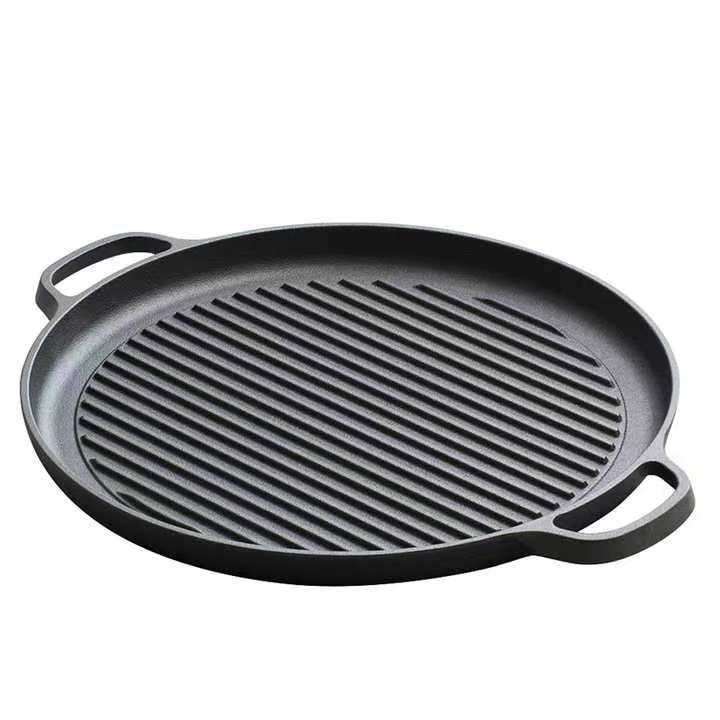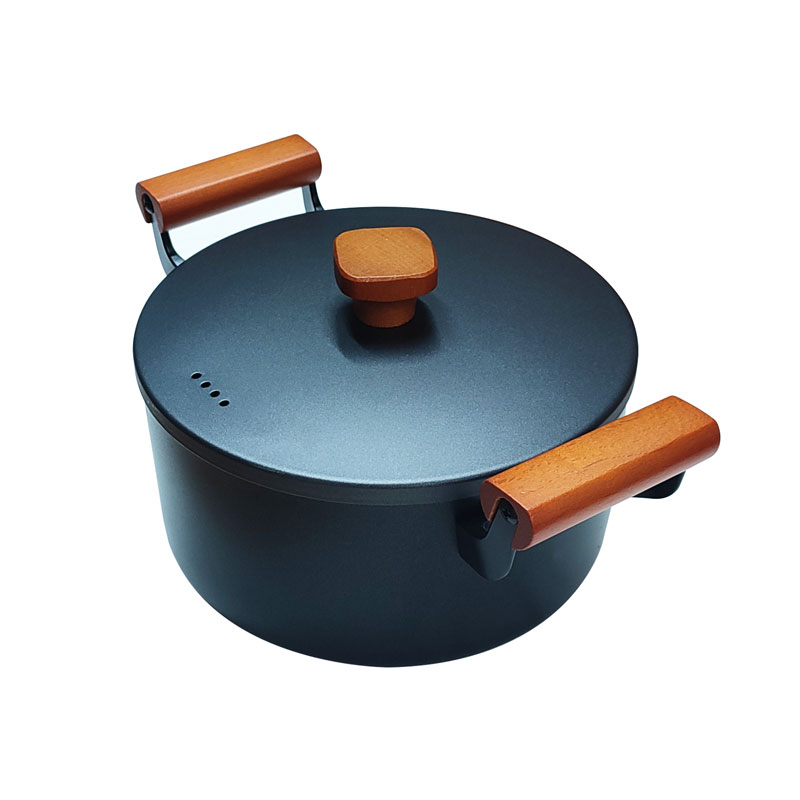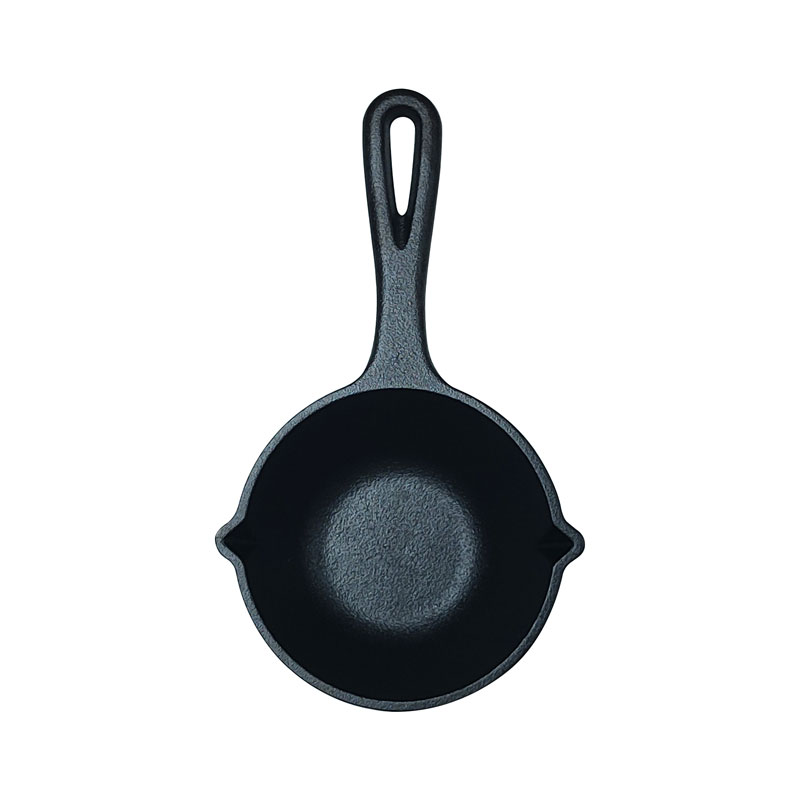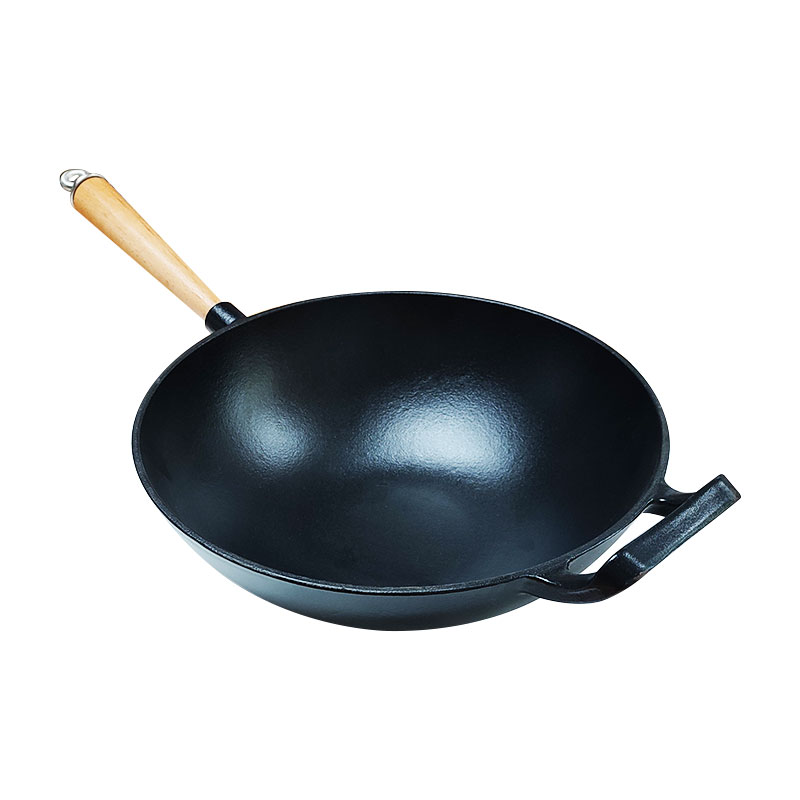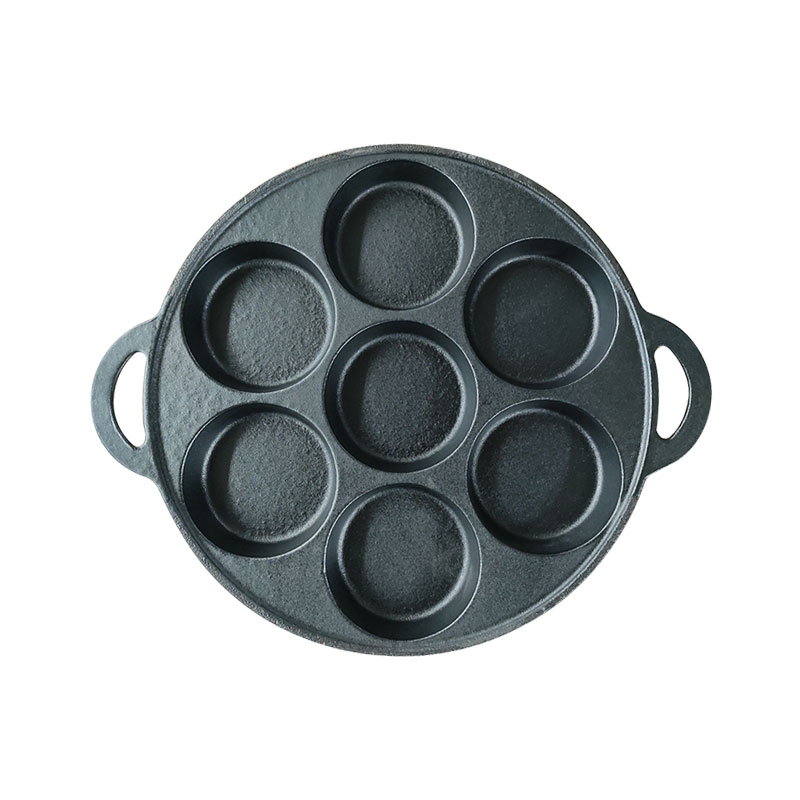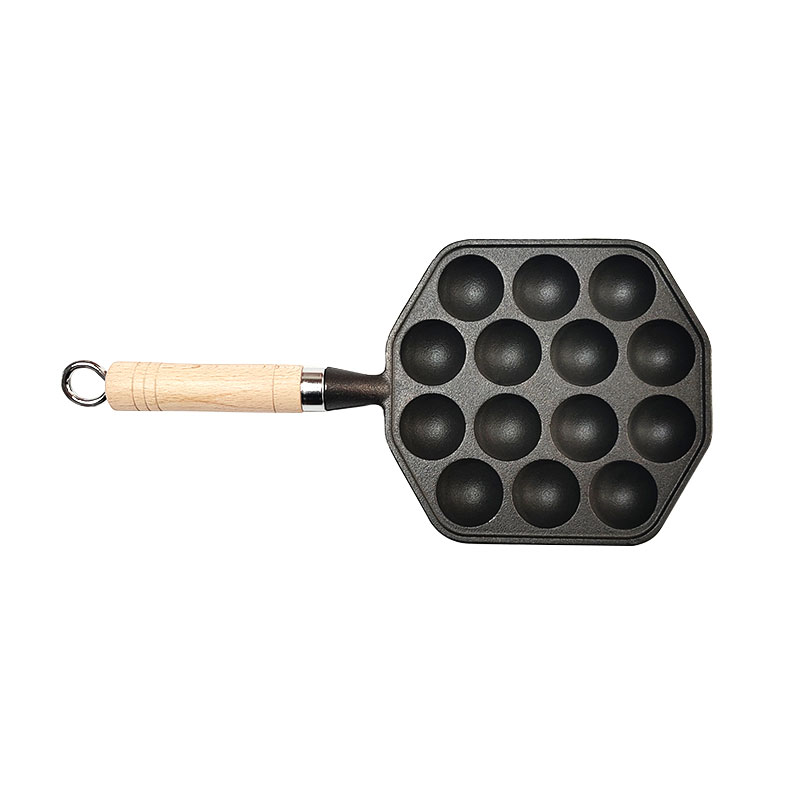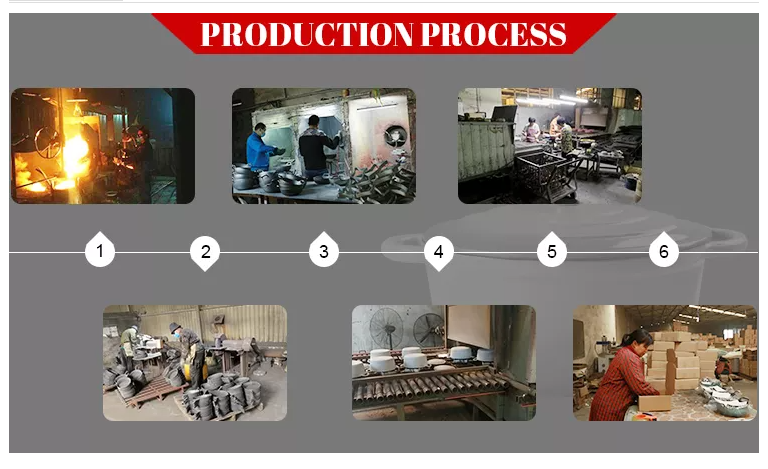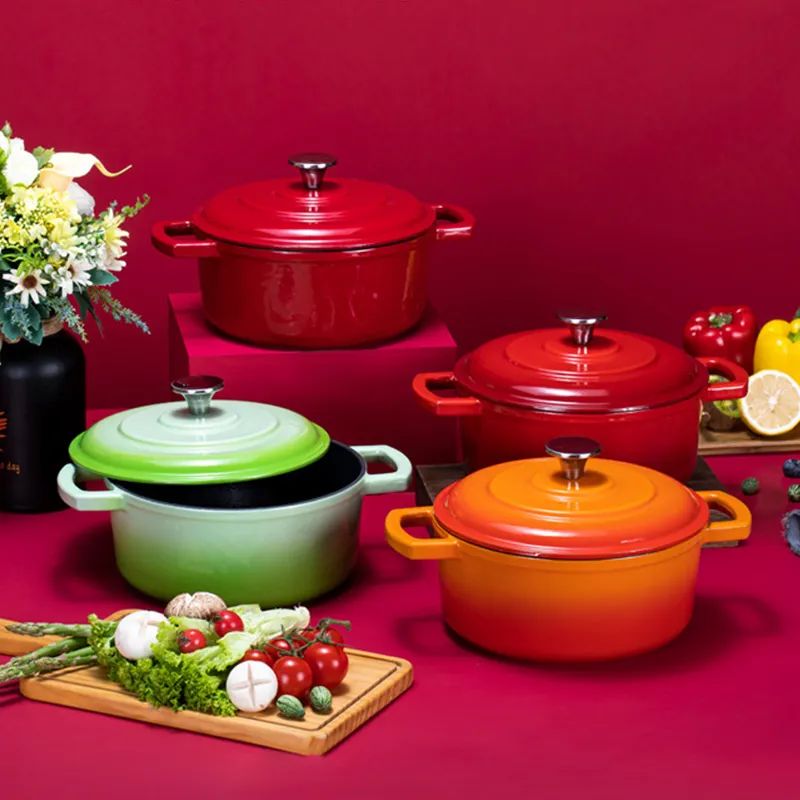- Moafrika
- Sealbania
- Seamharic
- Searabia
- Searmenia
- Se-Azerbaijani
- Sebasque
- Sebelarusia
- Benghali
- Sebosnia
- Se-Bulgaria
- Secatalan
- Sebuano
- Corsican
- Secroatia
- Czech
- Sedanishe
- Se-Dutch
- Senyesemane
- Esperanto
- Seestonia
- Sefinnishe
- Sefora
- Sefrisia
- Segalician
- Segeorgia
- Sejeremane
- Segerike
- Segujarati
- Secreole sa Haiti
- Hausa
- siwaiian
- Seheberu
- Che
- Miao
- Se-Hungary
- Seiceland
- igbo
- Seindonesia
- irish
- Setaliana
- Sejapane
- Se-Javanese
- Kannada
- kazakh
- Khmer
- Rwanda
- Sekorea
- Sekurdish
- Sekyrgyz
- Mosebetsi
- Selatine
- Selatvia
- Selithuania
- Se-Luxembourgish
- Semacedonia
- Semalagasy
- Semalay
- Semalayalam
- Semalta
- Semaori
- Marathi
- Mongolian
- Myanmar
- tsa Nepali
- Norwegian
- Norwegian
- Occitan
- Sepashto
- Sepersia
- Sepolishe
- Sepotoketsi
- Sepunjabi
- Seromania
- Serussia
- Sesamoa
- Segaeli sa Scotland
- Seserbia
- Senyesemane
- Seshona
- Sindhi
- Sesinhala
- Seslovak
- Seslovenia
- Somalia
- Sepanish
- Sesundanese
- Seswahili
- Seswedishe
- Setagalog
- Se-Tajik
- Setamil
- Setatare
- Setelugu
- Sethai
- Se-Turkey
- Turkmen
- Seukraine
- Seurdu
- Uighur
- Seuzbek
- Sevietnam
- Welsh
- Thusa
- Yiddish
- Yoruba
Customizable Cast Iron Non-Stick Frying Pan FAQ Guide
Can This Cast Iron Frying Pan Be Customized with a Logo?


Yes, we offer OEM/ODM services including custom logos on the pan bottom, handle engraving, and branded packaging—ideal for wholesalers and private labels.
Is the Non-Stick Surface Safe and Durable?


Absolutely. The skillet is pre-seasoned with natural oils to create a chemical-free, non-stick layer that becomes more effective with regular use and care.
What Cooking Methods Is This Skillet Suitable For?


It's perfect for frying, searing, baking, and sautéing. It performs well on all stovetops—gas, electric, induction—and is also oven safe (handle type permitting).
How Do I Properly Maintain the Pre-Seasoned Coating?


After each use, clean with warm water and a soft brush. Avoid dishwashers or soap. Dry thoroughly and lightly oil the surface to preserve the seasoning.
What Sizes and Shapes Are Available for This Frying Pan?


Multiple sizes and shapes (round, square, grill) are available. Custom molds can be made for bulk orders to meet specific design requirements.


Botsa Hona Joale Bakeng sa Lipehelo tsa Cast Iron Cookware
Ka kopo, Tlatsa Foromo e Ka Tlase 'me Sehlopha sa Rona se Tla Khutlela ho Uena ka Litheko, Lintlha tsa Sehlahisoa, Le Likhetho tsa Boiketlo.










